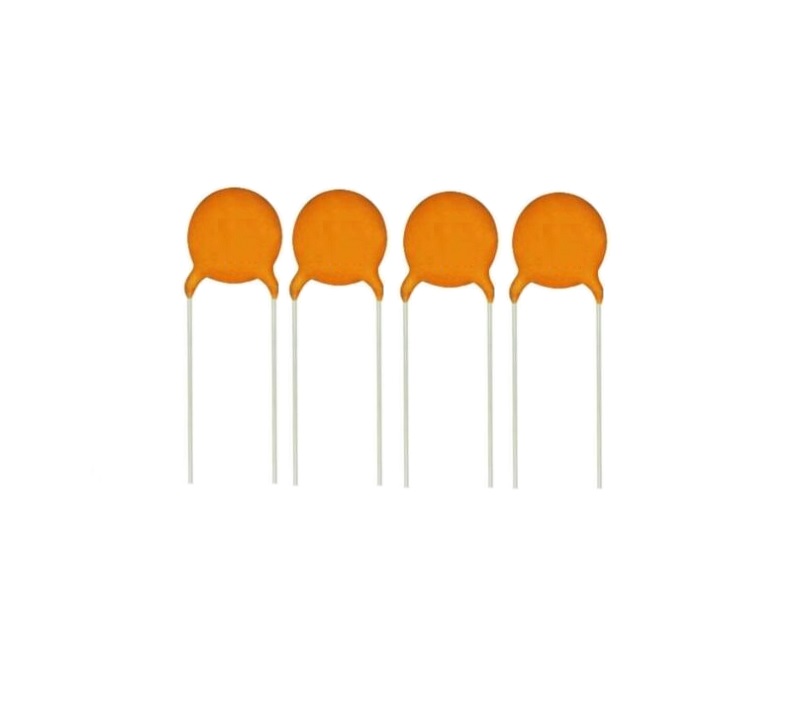In the realm of electrical engineering, capacitors play a crucial role in storing and releasing electrical energy. Understanding the consequences of altering voltage across a capacitor is essential for engineers and enthusiasts alike. In this article, we will delve into the intricacies of what happens when the voltage across a capacitor is increased, exploring the effects, applications, and potential risks associated with this phenomenon.
- Capacitor Basics:
Before we dive into the effects of increasing voltage, let's briefly recap the fundamentals of capacitors. A capacitor consists of two conductive plates separated by an insulating material known as a dielectric. When a voltage is applied, the capacitor stores electrical charge on its plates, creating an electric field between them. This stored energy can be later released when needed. - Increased Voltage and Capacitor Behavior:
When the voltage across a capacitor is increased, several notable effects come into play:
2.1. Increased Energy Storage:
The primary consequence of raising the voltage across a capacitor is an increase in its energy storage capacity. According to the formula E = 0.5 * C * V^2, where E represents the energy stored, C is the capacitance, and V is the voltage, it is evident that energy is directly proportional to the square of the voltage. Therefore, increasing the voltage significantly enhances the amount of energy the capacitor can store.
2.2. Dielectric Breakdown:
While increasing voltage can boost energy storage, it also poses a potential risk of dielectric breakdown. Dielectric breakdown occurs when the electric field strength exceeds the dielectric's limit, causing it to lose its insulating properties. This can lead to a catastrophic failure of the capacitor, resulting in permanent damage or even explosion. Engineers must carefully consider the maximum voltage ratings specified by the manufacturer to prevent such incidents.
- Applications and Benefits:
Understanding the effects of increasing voltage across a capacitor opens up various practical applications:
3.1. Power Electronics:
In power electronics, capacitors are used to smooth out voltage fluctuations and provide short-term energy storage. By increasing the voltage across capacitors in power supply circuits, engineers can enhance their ability to handle sudden power demands, ensuring stable and reliable operation.
3.2. Energy Storage Systems:
With the growing demand for renewable energy sources, capacitors play a vital role in energy storage systems. By increasing the voltage across capacitors, the amount of energy that can be stored in these systems is significantly augmented, enabling efficient utilization of renewable energy and facilitating grid stability.
- Conclusion:
Increasing the voltage across a capacitor unlocks its potential for higher energy storage, enabling enhanced performance in various applications. However, it is crucial to consider the limitations and potential risks associated with higher voltages, such as dielectric breakdown. By carefully balancing voltage levels and adhering to manufacturer specifications, engineers can harness the power of capacitors while ensuring safety and reliability.



More Stories
Cat7a S/FTP Network Cable in High-Density Data Transmission Environments
UHF RFID Readers for Asset Management
Does a 4G Industrial Grade LTE WiFi Router with SIM Slot Work as a Reliable Wireless WAN Gateway?